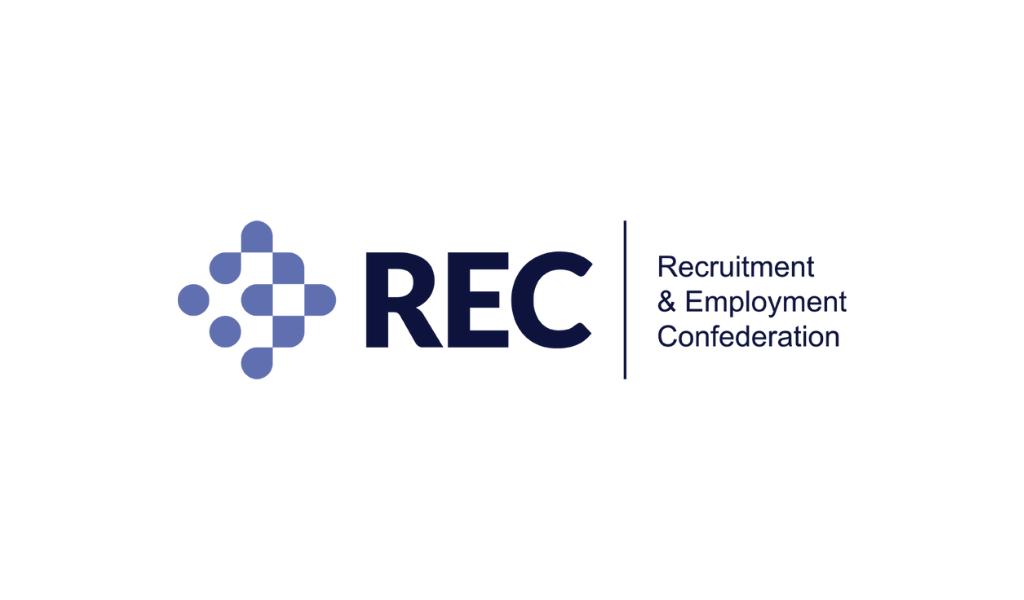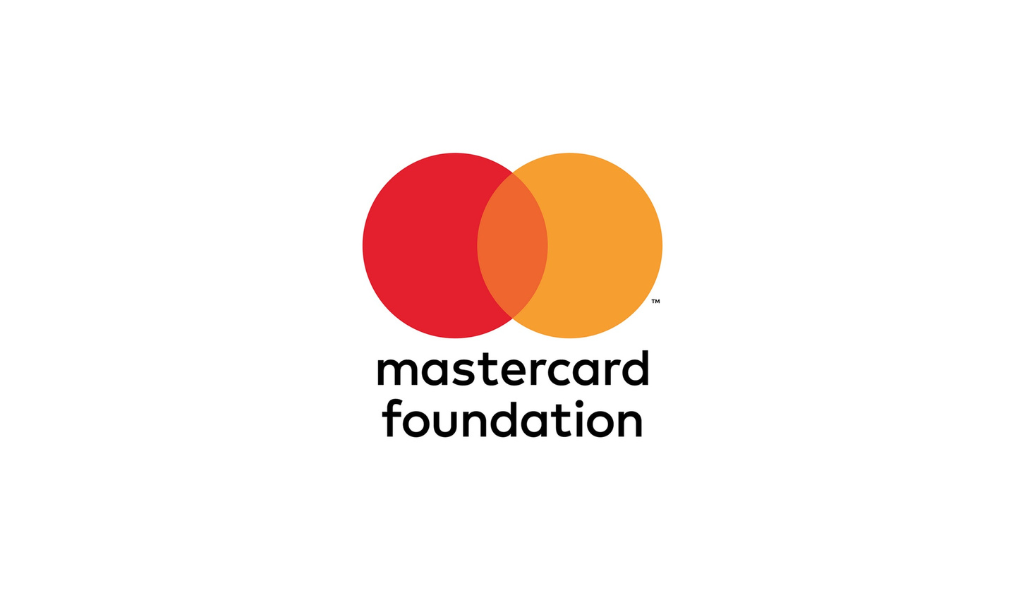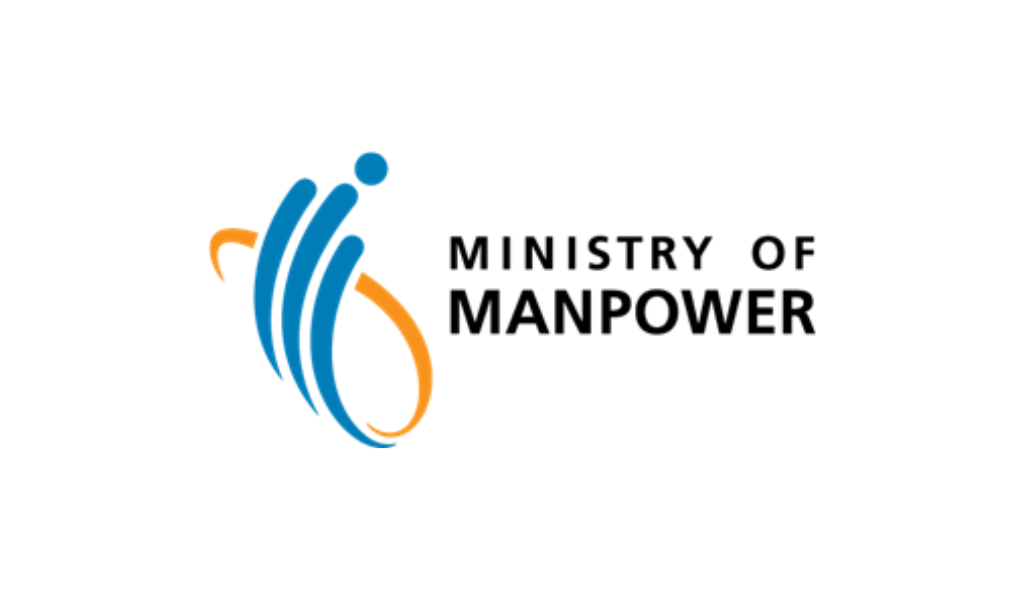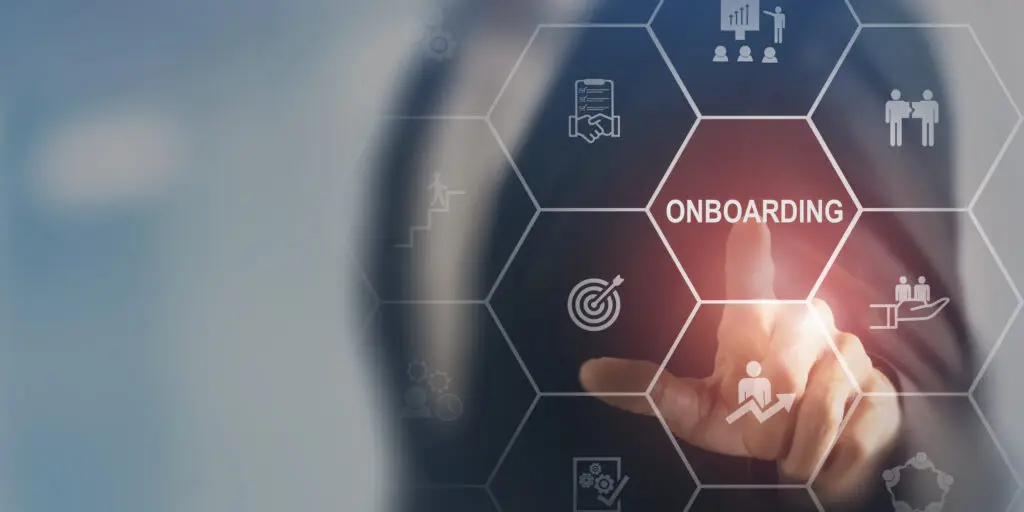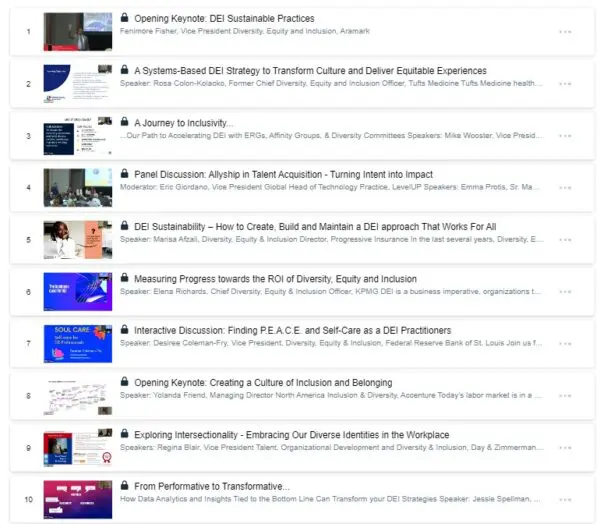HR leaders can cultivate an inclusive culture by implementing employee resource groups, recognizing employees’ diverse needs, and addressing any anti-LGBTQ+ sentiments made in the workplace.
By Maggie Mancini
Although businesses have become more adept at incorporating inclusive language and policies aimed at supporting diverse teams, the push for diversity, equity, and inclusion (DEI) practices in the workplace—particularly when it comes to improving the experience of LGBTQ+ employees—still has significant gaps to fill.
Research from EduBirdie finds that 63% of LGBTQ+ employees have experienced discrimination in their career, and 70% feel lonely, misunderstood, marginalized, and excluded at work. Nearly half (40%) have withheld their identity at work over fears of being stigmatized or facing violence, according to research from the Human Rights Campaign. To ensure that employees are treated with respect regardless of sexual orientation or gender identity, cultivating a supportive workplace is the bare minimum, says Layla Ramirez, director of DEIB at Justworks.
“HR and DEI teams should work cohesively to advocate for and empower all employees to reach their full potential by encouraging them to show up as their most authentic selves and implementing systems and structures in the workplace that allow for this to occur,” Ramirez says.
Managers play an outsized role in creating an inclusive workplace, Ramirez explains. HR and DEI teams can provide people management training focused on building relationships, enhancing cultural competencies, and disrupting biases to ensure that employees feel accepted. HR leaders can also support LGBTQ+ employees at work by making time to listen to their stories, needs, and ideas, says Noelle Peart, vice president of learning and inclusion at Exos.
“Opening space for honest two-way feedback and evaluating your inclusion efforts on an ongoing basis will keep you accountable for adapting to ever-changing needs and creating a culture of inclusion for all employees,” Ramirez says.
Employee resource groups (ERGs) can help build inclusive workplace communities, offering spaces for employees to connect with peers and raise awareness of major issues, Ramirez adds.
“Supporting our employees is a top priority at Justworks, and we show our appreciation for ERG leaders by compensating them for their contributions, investing in their professional development, and recognizing their commitment to advancing our culture and impacting the entire employee experience,” Ramirez explains. “OUTworks,” the organization’s ERG focused on LGBTQ+ issues, is one of oldest ERGs at the company. The group hosts cultural events, trainings, and social gatherings throughout the year to promote inclusivity, she says.
“At Exos, we have an employee resource group, ‘Love Wins,’ which was created for our LGBTQ+ employees and their allies to have a safe space to hold conversations and lead discussions to learn from one another,” she says. “The creation of this ERG also aids in fostering inclusivity amongst the group and within the entire workforce. By fostering a safe space where everyone can share their stories, our employees feel valued, heard, and protected.”
Peart explains that the ERG has opportunities to connect with senior leadership on decisions that impact the entire organization. These conversations have led to changes in policies and processes across the organization.
“HR leaders can address anti-LGBTQ+ sentiments in the workplace by being clear on their discrimination policy,” Peart says. “As an organization, we uphold, embrace, and live by our values to set the standard for everyone on our team. We believe it is everyone’s responsibility to support an environment where everyone is respected, therefore there are no negative sentiments within the organization. We also do this by educating one another.”
It’s especially important to promote a zero-tolerance policy toward any type of harassment or discrimination, Ramirez says. By equipping the entire workforce with educational tools and trainings to enhance their knowledge and understanding of LGBTQ+ identity, HR leaders can foster an inclusive, respectful environment, she says.
Dr. Jenna Brownfield, a licensed psychologist specializing in therapy for LGBTQ+ people, shares six essential tips on how to support LGBTQ+ employees at work.
- Believe employees. Statistics show that 15% of reported discrimination goes unaddressed. “Even if you don’t perceive an incident as discriminatory, trust the LGBTQ+ employee’s perspective,” Brownfield says. “They are more attuned to recognizing discrimination.”
- Respond immediately to anti-LGBTQ+ statements. Brownfield explains that it’s important to address any anti-LGBTQ+ comments or behavior promptly. This helps to reinforce a culture where these sentiments are unacceptable, she says.
- Build a transparent environment. It’s easy for workplaces to know how to say the “right things” when it comes to diversity, equity, and inclusion, but it’s important that an organization’s actions match their statements, Brownfield says. “Foster a workplace where raising concerns is seen as a positive contribution, not a threat. Even when it’s not about something LGBTQ+-specific, demonstrate a willingness to accept feedback and admit mistakes,” she says.
- Recognize diversity. LGBTQ+ employees, like all employees, have diverse needs and experiences. Knowing this, Brownfield says it’s important to build individual relationships rather than relying solely on sweeping LGBTQ+ policies.
- Include LGBTQ+ leaders in decision-making. Involve multiple LGBTQ+ individuals in leadership roles and decision-making processes. “This promotes a genuinely inclusive culture and avoids tokenism,” Brownfield says.
- Make inclusivity a basic standard. Research shows that people are less likely to express anti-LGBTQ+ attitudes when they believe LGBTQ+ people are present. Yet, workplace politics that prioritize being liked by supervisors and colleagues lead some LGBTQ+ employees to fear coming out at work. “Foster a safe environment where employees can be their true selves,” Brownfield says. “Inclusivity should be a consistent, fundamental practice, not just a facade for meeting basic DEI standards.”


